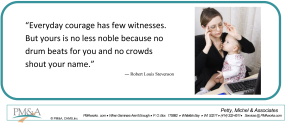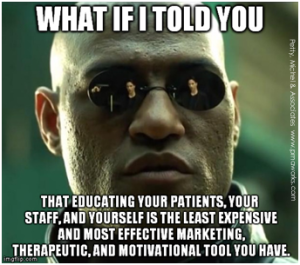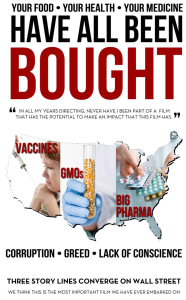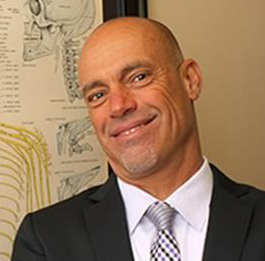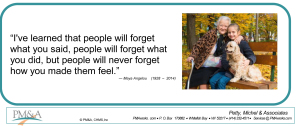FORTY ONE YEARS AGO, around this time of year (August 7), a twenty four year old managed to sneak up to the twin tours of the World Trade Center, shoot a cable to the other side, get it rigged up tight, and walk across it to the other side. Actually, he made 8 passes, performed dances and entertained an audience a 1/4 of a mile below. He finally came in when it started to rain.
He was arrested, but the the charges were later dismissed if he performed for children in Central Park, which he did.
I recently had the opportunity to listen to Philippe Petit (on August 7, 2015), now 65 years old. He gave a stirring presentation in San Francisco to chiropractic health professionals at the Wave, a seminar put on by Life West Chiropractic College.
Philippe was born in 1949 and still very active. He considers himself, among all things, an artist. But he also juggles, climbs rocks, fights bulls, fences, builds structures with 18th century tools and considers himself an accomplished equestrian.
He explained that he learned early in life to follow his passion and his intuition. But his creativity seemed to be overlooked or given little importance when he was young and so he felt that it must be illegal.
In his book Creativity, Philippe writes: “The creator must be an outlaw. Not a criminal outlaw, but rather a poet who cultivates intellectual rebellion.”
In his talk to us on August 7th, he offered some tips, or precepts that he thought might help us as they have helped him in his life.
He began by talking about his passion to pursue his goals. But right next to that, he emphasized the importance of tenacity. This was a word that included determination, discipline, preparation, and training to do what was needed to be done to achieve those goals about which you are passionate.
He exhibited this nearly a half a century ago as he pursued his goal to walk from one 1,300 foot tall building to another on just a wire. He started planning the walk when he was only 17 living in Paris. The Towers were not yet built. Certainly, the walk itself took immense focus at the time. But it lasted only less than an hour. The real work was in the planning and preparation and training. This took tenacity.
He stressed to listen to your intuition. When you have a question or a problem, listen to your gut and an answer, sooner or later, will visit you. But you do have to listen.
He emphasized simplicity in all that you do, but still be elegant. And don’t be afraid to make mistakes. This is how we learn and move forward. All this, of course, takes courage.
You have to believe in yourself. (Or as Dr. Jimmy Parker used to say, you have to have “FCB – Faith, Confidence and Belief.”) In your role of doctor, provider, and as a professional team member, you have to have faith in yourself and in the services you provide.
In our 3 Goals System of Practice Development, the Third Goal includes your greater purposes. These go beyond financial demands (Goal 1), which are necessary, or profession and business competence (Goal 2), which should be sought. But above it all are your Greater Purposes, your highest values — professionally and personally, that we really seek and that make life worth living.
We learn at an early age to quell our passions and creativity and to fall in line with convention. Obey and comply. And, to some extent, this is necessary for a society and a business to function. But in the bargain, we often lose our spirit. Our creative aspirations, our sense of fellowship with each other, and the outrage at the wrongs that we see — these gradually lose their importance. Our greater purposes become blunted — or even forgotten.
Certainly, this has happened to many people in your community as they “report in,” zombie like to the local drug store for “health care”, especially if it is promoting “free flu shots.” (Average drug prescriptions per person in 1993 was 7.1 In 2014 it was 12.2 And watch out for anyone over 50 where the average prescriptions used are 19, and over for those over 65 – 27. That’s right – 27 prescription medications per person. Average!2)
It is important to keep your greater purposes in sight and to respect them enough to keep them alive. They can and should be integrated into your professional life as you do not work in a factory assembly line as your parents or grandparents may have, or as those who produce your cool t-shirts and running shoes do now. For example, if you like children, have pictures of kids on your walls and have a special “Kids Day.” If you like running, put up pictures of runners and get your patients to join more running clubs. If you want to help the homeless kids in your town, promote a donation program for the local shelter.
Back at the seminar: I noticed that some of the presentations were held in ballrooms that had special, but temporary names. For example, there was the “The Reggie Gold” ballroom, the “Frank Sovinsky” ballroom, and the “Lloyd Latch” ballroom.
In the mid 1980’s, I worked for several years directly for and with Dr. Lloyd Latch. Though he didn’t promote it much, I am sure that he did have the largest chiropractic clinic in the world. While his personal production was high, the total office saw over 2,000 visits per week. The key was that he had created a wonderful team of doctors adjusting patients in 28 adjusting rooms and supported by a dedicate team of professionals.
And what was a key to his success? Over and over I heard Dr. Latch tell his doctors, and others who would visit, that success was “an inside job.”
I think this is exactly what Mr. Petit was getting at.
Success doesn’t come from the latest marketing procedure… it comes from deep inside. It comes from your heart, your passion, your imagination, and the tenacity to work and train daily.
Mr. Pettit says that there are –
“qualities inside all of us, that we are rarely encouraged to recognize
but that are essential to make our dreams come true, to plan, to construct a wondrous life.”3

Successful people learn from others, but ultimately take their own counsel.
As Philippe wrote:
“Observation was my conduit for knowledge, intuition my source of power.”3
So, follow your greater purposes and integrate them into your professional and work life. Allow your team members to also pursue their greater purposes – and you will see your practice become more creative, productive and wondrous.
Carpe Diem (seize the day),
Ed
———————–
- Generation Rx How Prescription Drugs Are Altering American Lives, Minds, and Bodies by Greg Critser (https://danmurphydc.com/Critser.pdf) , also http://kff.org/other/state-indicator/retail-rx-drugs-per-capita.
- www.imshealth.com/deployedfiles/imshealth/Global/Content/Corporate/IMS%20Health%20Institute/Reports/US_Use_of_Meds_2013/Percent_population_prescriptions_per_capita.pdf
- Creativity, the Perfect Crime. Philippe Petit


